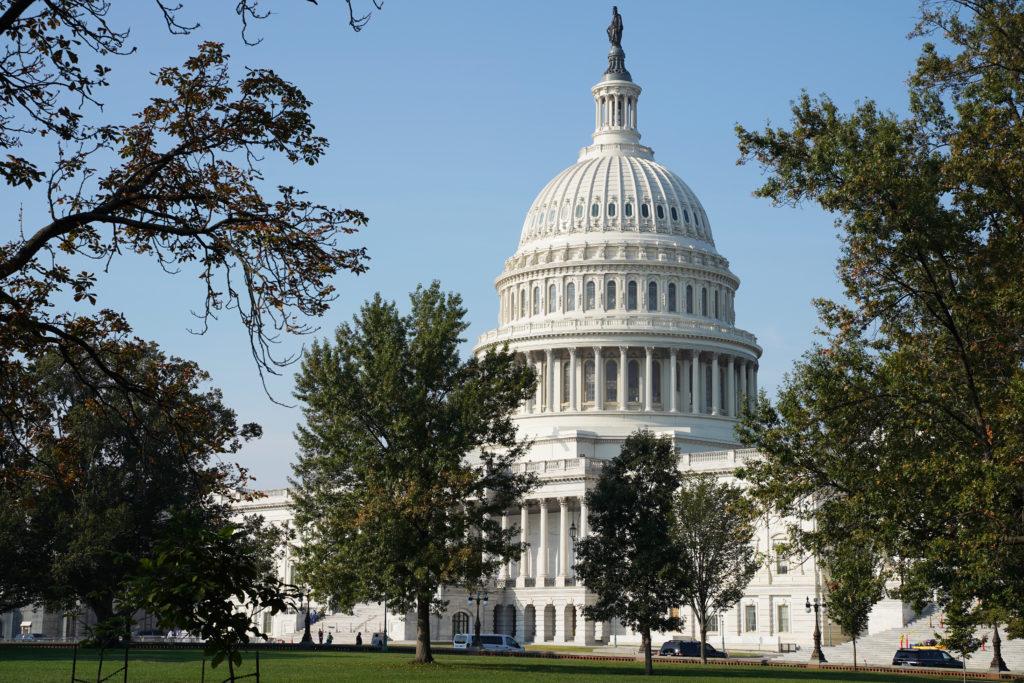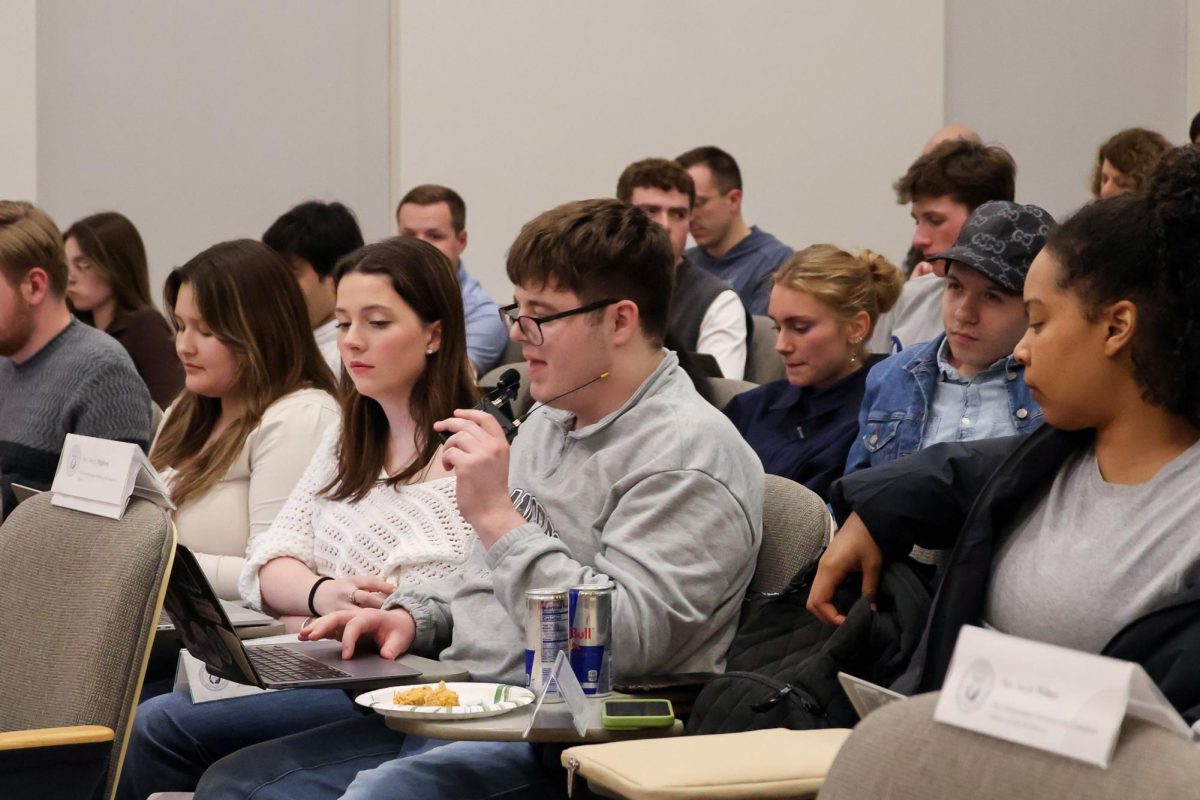Administrators say they are still grappling with how to use more than $9 million in funding earmarked for GW in the multi-billion-dollar federal higher education relief package passed last month.
The funding, which totals about $9.1 million, was allocated through the CARES Act based on the number of Pell Grant recipients attending GW and the University’s enrollment as part of a larger multi-trillion-dollar spending package. University President Thomas LeBlanc said at a Faculty Senate meeting Friday that officials are still determining whether or not to accept the funding.
“We’re still working through the details – there are politics associated with this,” LeBlanc said.
Officials must agree to use at least 50 percent of the funds for emergency financial aid for students and continue employing all workers and contractors to the “greatest extent practicable” to receive the funding, the bill’s text states. The relief aid disbursed to students will be nontaxable, according to an Internal Revenue Service announcement last week, which LeBlanc characterized as “good news.”
But administrators at several universities, like Princeton and Harvard universities, have said they will not accept the funding because the U.S. Department of Education has stipulated the funds cannot be used for students protected by the Deferred Action for Childhood Arrivals program. GW has long supported DACA, filing an amicus brief with the Supreme Court alongside 19 other universities last fall endorsing the policy.
“The reality is every institution is looking at the pros and cons of accepting the money,” LeBlanc said. “Half the money goes directly to our students, and to not accept it would penalize them.”
He said officials will make a final decision in the next week on accepting the funds.
“The legislation is ambiguous enough that there is a risk in accepting the money that the terms will be interpreted in a certain way, so we’re still working through that,” he said.
LeBlanc said GW advocated for $50 billion in relief funding for higher education through consortium and lobbying groups, a far larger amount than the approximately $14 billion allocated under the CARES Act. Nearly 80 tertiary education organizations, including at least three that list GW as a member institution, called on Congress to allocate $50 billion for colleges, universities and their students in March.
Mark Diaz, the executive vice president and chief financial officer, said GW would receive the funds through a reimbursable grant from the federal government, and the money would help mitigate financial losses and provide emergency aid to students in the wake of the COVID-19 pandemic.
“That’s all still in the works in terms of the process,” Diaz said. “The balance of that is something we’re looking to see in terms of covering some of the COVID-19 impact to the University.”
GW is projected to face a $12 million annual budget deficit this fiscal year because of the pandemic, which resulted in $45 million in lost revenues. Officials estimate the University could lose between an additional $100 million and $300 million next year depending on the state of the pandemic.
To reduce expenses, administrators have suspended most capital projects and hirings, taken pay cuts ranging from 5 to 20 percent and eliminated merit salary raises for next year.
Diaz said officials’ plans to disburse any funds they accept are “evolving” based on guidance from the federal education department and ongoing circumstances.
“We obviously have to adhere to and comply with any of the rules or regulations attached to that funding,” he said. “We’re still receiving that, and that will inform how we can best get the much needed funds to the students, so it’s still in motion.”
Lynn Pasquerella, the president of the Association of American Colleges and Universities, said the funding from the CARES Act will be “critical” to alleviating some of the financial hardships students are facing by ensuring universities like GW have the capacity to address their concerns regardless of what instruction in the fall looks like.
“What we’ve seen from this crisis is the extent to which we are failing to address students’ food and shelter and security on college campuses – those are urgent needs – and also the digital divide with students who don’t have access to computers to high speed internet,” she said. “As we look at different models for the fall, with face-to-face, hybrid or completely remote learning for students, we need to take into account the needs that they have in being able to learn.”
Pasquerella said the relief bill’s language has caused “confusion” for universities, because it seems to limit eligibility for funding to students who filed for financial aid before the pandemic – even though the record-high unemployment caused by the virus may be inflicting harm on others previously well-off.
“As it’s written, it seems to limit eligibility for grant aid to those who have already filed for federal financial aid,” Pasquerella said. “So if you look at the shifting economic circumstances of families, it’s potentially excluding those whose financial circumstances have changed as a result of COVID-19.”








